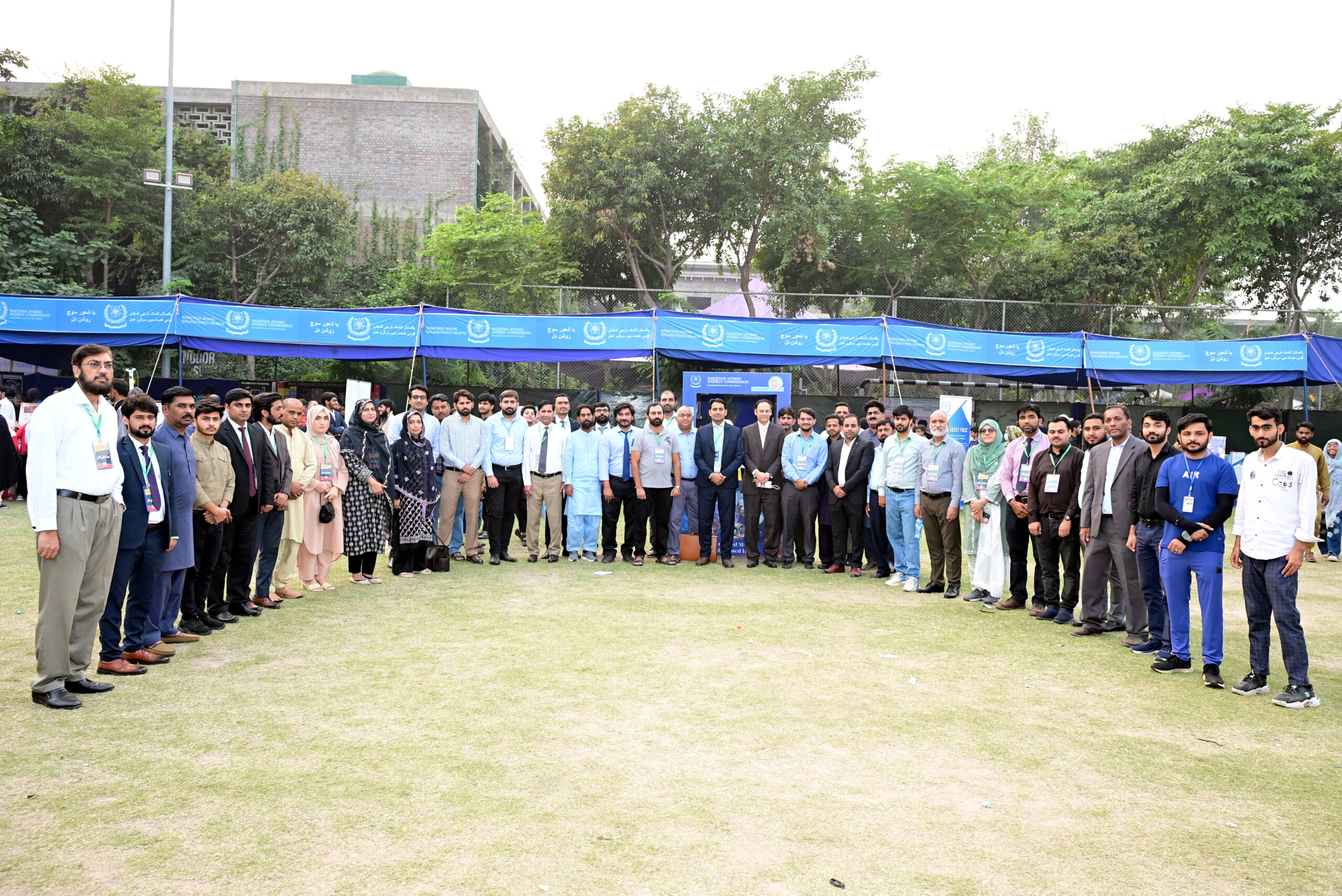Intel said on Thursday it would lay off more than 15% of its workforce, about 17,500 people, and suspend its dividend starting in the fourth quarter as the chipmaker seeks a turnaround aimed at its money-losing manufacturing business.
Shares of Santa Clara, Calif.-based Intel plunged 20% in extended trading, stripping the chipmaker of more than $24 billion in market value. The stock closed up 7% on Thursday, in tandem with a drop in US chip stocks after Arm Holdings’ conservative forecast on Wednesday.
The results did not shake the wider chip industry.
AI powerhouse Nvidia and smaller rival AMD rallied after hours, underscoring how well they were poised to take advantage of the AI boom and Intel’s relative disadvantage.
He said of the dividend suspension: “Our goal is … to pay a competitive dividend over time, but right now with a focus on the balance sheet and deleveraging.”
Intel, which as of June 29 employed 116,500 people, excluding some subsidiaries, said most of the layoffs would be completed by the end of 2024. In April, it announced a quarterly dividend of 12.5 cents per share.
Intel is in the midst of a turnaround plan that focuses on developing advanced AI processors and building up its rental manufacturing capacity as it aims to regain the technology lead it lost to Taiwan’s TSMC, the world’s largest contract chipmaker.
The effort to encourage this contract foundry business under Gelsinger increased Intel’s costs and pressured profit margins.
On Thursday, Intel announced that it will cut operating costs and capital expenditures by more than $10 billion in 2025, more than it originally planned.
But we’re all asking, ‘is it enough,’ and it’s a bit of a late response given that CEO Gelsinger has he been at the helm for over three years?” said Michael Schulman, Chief Investment Officer of Running Point Capital.
As of June 29, the company had cash and cash equivalents of $11.29 billion and total current liabilities of approximately $32 billion.
Intel’s lagging position in the AI chip market has sent its stock down more than 40% so far this year.
Cutting capital expenditures
Analysts believe Intel’s plan to transform the foundry business will take years to materialize and expect TSMC to maintain its lead in the coming years, even as Intel ramps up production of AI chips for PCs.
“The irony is that … their first AI-focused PC processors are selling much better than expected. The problem is that the cost of these chips is much higher, which means their profitability on them is not great.” said Bob O’Donnell, principal analyst at TECHnalysis Research.
“Furthermore, the decline in data centers reinforces the fact that while companies are buying a lot of infrastructure for AI, the vast majority is for GPUs from companies other than Intel,” he said, referring to graphics processing units such as those sold by Nvidia.
Intel’s data center business fell 3% in the quarter.
Chief Financial Officer David Zinsner said during the post-earnings call that the chip maker expects weaker consumer and business spending in the current quarter, particularly in China.
Intel is also cutting back on investment.
It expects capital spending to fall 17% year-on-year to $21.5 billion in 2025, the midpoint of the chipmaker’s forecast range. It expects these costs to remain roughly the same in 2024.





